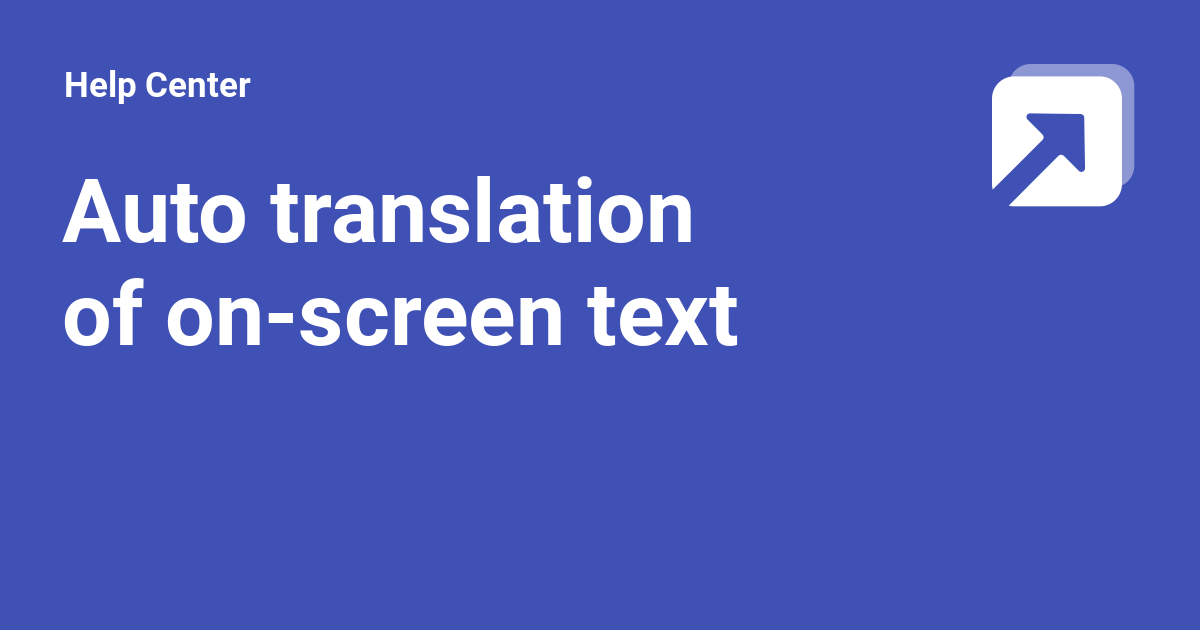


Multiple external representations (MERs) and their interpretations play a central role in STEM and, particularly, in STEM learning. Finally, as a contribution to current trends in eye-tracking research, the application of mobile and remote eye-tracking in drawing-based learning and assessment scenarios is compared and critically discussed. Moreover, students instructed with drawing activities were found to distribute more visual attention to important parts of the instruction (vector field diagram and instructional text, N = 32) compared to the control group and, further, showed effective, expert-like behaviors during subsequent problem solving ( N = 53). Comparisons of a treatment group instructed with drawing activities and a control group instructed without drawing activities revealed significant differences in students' perceived cognitive load ( p = 0.02, d = 0.47 and p = 0.0045, d = 0.37), as well as their response accuracy ( p = 0.02, d = 0.51) and their response confidence ( p = 0.02, d = 0.55 and p = 0.004, d = 0.64) during assessment after instruction ( N = 84). Here, eye movements provide information about cognitive processes during the completion of the instruction, on the one hand, and during subsequent problem solving, on the other hand. Further, mobile and remote eye tracking was used to record students' gaze behavior in addition to monitoring indicators of performance and cognitive load. In this article, we present two studies that investigate the impact of drawing activities in a multi-representational, instruction-based learning scenario from physics, more precisely, in the context of vector fields. Theoretical considerations and prior research suggest that drawing has the potential to support knowledge construction and to provide cognitive relief. For recent years, the drawing (or sketching) technique has received increasing attention. Consequently, educators advocate for explicit instructions that support the coordination of multiple representations, especially when concepts become more abstract and complex. Research has shown that visual representations can substantially enhance the learning and understanding of STEM concepts despite this, students tend to struggle in using them fluently and consistently. Physics Education Research, Faculty of Physics, University of Göttingen, Göttingen, Germany.


 0 kommentar(er)
0 kommentar(er)
